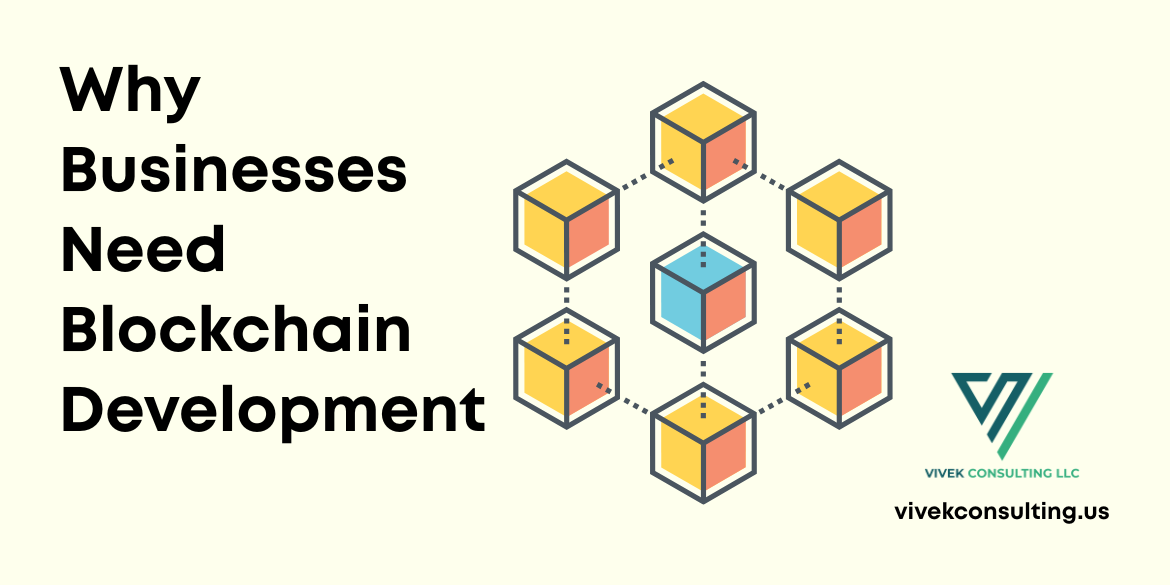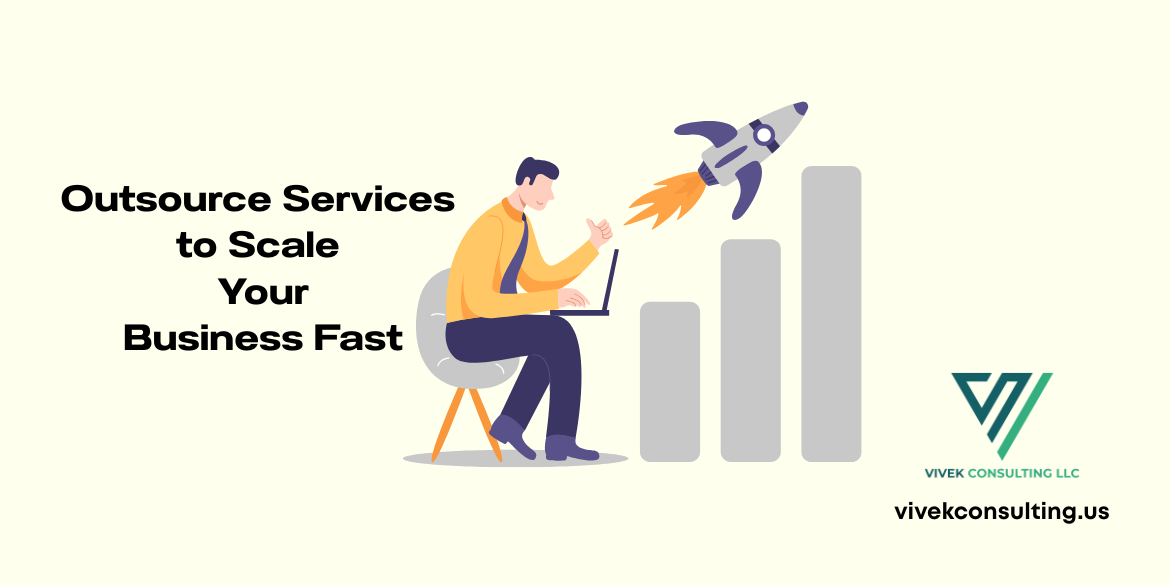Outsource Services to Boost Efficiency

14 Apr 2025
What It
Really Means to Outsource Services in Today’s Business World
Outsourcing
is no longer a stopgap or a cost-cutting tactic; it is a strategic pillar in
the modern enterprise. Businesses of all sizes leverage Outsourcing to enhance
capabilities, accelerate innovation, and remain agile in an ever-competitive
landscape. Today, to outsource means to strategically entrust specialized tasks
to external providers who can often perform them faster, better, and more
cost-effectively.
Why
Efficiency and Growth Go Hand-in-Hand
Efficiency is
the bedrock upon which growth is constructed. When businesses operate
efficiently, resources are optimized, overhead is minimized, and time-to-market
accelerates. Outsourcing fuels this dynamic, enabling organizations to
concentrate on their core competencies while outsourcing peripheral yet
essential functions to experts.
Understanding
Outsourcing
The Core
Concept: What Are Outsource Services?
Outsource
services refer to delegating specific business functions or processes to
third-party specialists. These services can range from administrative support
to high-level strategic tasks. The goal is to enhance operational efficiency
and tap into expertise that may not exist in-house.
Types of
Outsource Services Businesses Commonly Use
Common
outsourced services include IT support, customer service, human resources,
payroll, digital marketing, logistics, and legal assistance. The proliferation
of cloud technology and communication tools has expanded what can be
effectively outsourced, making virtually every business function a candidate.
In-House vs
Outsourcing: Key Differences That Matter
In-house
teams offer tighter control, cultural cohesion, and institutional knowledge.
However, they come with fixed costs and limited flexibility. Outsourcing, on
the other hand, provides access to global talent, scalability, and variable
cost structures. The choice often hinges on business priorities and resource
availability.
The Case for
Efficiency
How
Outsourcing Streamlines Day-to-Day Operations
By
outsourcing routine or specialized tasks, companies can remove operational
bottlenecks. External providers use established processes and tools, ensuring
consistency and reducing error rates. This systematic efficiency liberates
internal resources for more impactful work.
Reducing
Workload Without Reducing Output
Outsourcing
mitigates employee burnout by offloading repetitive or non-core activities.
Teams can maintain or even increase output, as they are freed to focus on
strategic initiatives and high-value work that drives growth.
Faster
Turnaround Times Through Specialized Talent
Outsourcing
partners often bring niche expertise and dedicated teams that reduce project
lead times. Their experience across industries enables them to deliver
solutions with agility, precision, and speed.
Cutting Costs
Without Compromising Quality
Outsourcing
can significantly reduce operational expenses. Organizations benefit from lower
labor costs in offshore locations and avoid expenses tied to recruitment,
training, and infrastructure. High-quality outcomes are maintained through
service-level agreements and performance metrics.
Unlocking
Growth Opportunities
Scaling
Without Hiring Full-Time Staff
Outsourcing
provides scalability on demand. Businesses can expand operations or take on new
projects without the time and financial commitment of hiring full-time
employees.
Access to Global
Expertise and Resources
Outsourcing
opens doors to a vast talent pool with diverse skill sets. It allows businesses
to adopt global best practices and cutting-edge technologies that may be
unavailable or too costly to develop internally.
Focusing
Internal Teams on Strategic Goals
With routine
tasks outsourced, in-house teams can concentrate on innovation, customer
engagement, and long-term vision. This focus enhances organizational agility
and positions companies for sustainable growth.
Outsource to
Innovate: Freeing Time for Big Ideas
Innovation
thrives when teams have the bandwidth to explore, experiment, and iterate.
Outsourcing clears the operational clutter, creating room for creativity and
breakthrough thinking.
Areas of
Business to Outsource
Customer
Support That Delivers 24/7
Global
customer support teams ensure continuous service coverage, multilingual
assistance, and faster resolution times, enhancing customer satisfaction and
loyalty.
IT Services
That Keep Your Systems Running Smoothly
Managed IT
services handle everything from infrastructure management to cybersecurity,
enabling seamless tech operations and reducing downtime.
Accounting
and Bookkeeping Made Simple
Outsourced
accounting services provide accurate financial records, compliance assurance,
and timely reporting, allowing leaders to make informed decisions.
Marketing and SEO With Proven Professionals
Professional
marketing firms provide content strategies, SEO optimization, and data-driven
campaigns that increase brand authority and visibility.
Human
Resources Without the Overhead
From
recruitment to benefits administration, outsourced HR services streamline
people management while reducing administrative burden.
Content
Creation That Engages and Converts
Skilled
content creators produce compelling copy, blogs, videos, and more, aligning
messaging with business goals and audience interests.
Sales
Development and Lead Generation Services
External
sales teams identify and nurture leads, filling pipelines and accelerating
revenue growth without draining internal resources.
How to Choose
the Right Outsourcing Partner
Key Qualities
to Look for in an Outsourcing Vendor
Look for
partners with a proven track record, industry expertise, scalability, and a
commitment to quality. Transparency, security, and cultural alignment are also
crucial.
Questions to
Ask Before Signing a Contract
What are the
vendor's success metrics? How is communication handled? What is their
contingency plan for disruptions? These questions help set clear expectations.
Red Flags to
Avoid When Selecting a Provider
Beware of
vendors who lack clear processes, overpromise, or avoid providing references.
Poor communication and hidden fees are also warning signs.
Integrating
Outsourced Services Seamlessly
How to Ensure
a Smooth Transition
Start with a
detailed transition plan, assign clear responsibilities, and establish
communication channels. Early training and documentation pave the way for
integration.
Maintaining
Communication and Alignment Across Teams
Regular
check-ins, shared project tools, and aligned KPIs keep internal and external
teams synchronized and accountable.
Tracking KPIs
to Measure Outsourcing Success
Define
measurable goals such as cost savings, turnaround time, and customer
satisfaction. Use dashboards and reports to assess performance and refine
strategies.
Overcoming
Challenges in Outsourcing
Avoiding
Hidden Costs and Scope Creep
Establish
clear deliverables, timelines, and pricing structures in contracts. Frequent
reviews prevent deviations and ensure project alignment.
Building
Trust with Remote Teams
Trust is
built through transparency, consistent communication, and mutual respect.
Recognize achievements and maintain open feedback loops.
Managing
Quality Across Time Zones
Use
overlapping work hours, collaborative tools, and quality checkpoints to
maintain consistency regardless of location.
Future Trends
in Outsourcing
AI and
Automation in Outsource Services
AI-driven
tools are transforming outsourcing by automating repetitive tasks, enhancing
analytics, and improving service delivery.
Hybrid Teams
and the Future of Work
The future
lies in hybrid models where internal and outsourced teams collaborate fluidly,
supported by digital infrastructure and flexible workflows.
Why
Outsourcing Will Be Key to Future Business Growth
As
competition intensifies and customer expectations evolve, outsourcing provides
the agility, innovation, and efficiency needed for future-ready growth.
Conclusion
Taking the
First Step Toward Efficient, Scalable Growth
Outsourcing
is more than a cost decision—it’s a growth enabler. Begin with a clear
strategy, define your objectives, and choose partners who align with your
vision.
Turning
Outsourcing into a Long-Term Strategy for Success
Integrate
outsourcing into the fabric of your business operations. When managed
strategically, it becomes a catalyst for transformation, expansion, and
enduring success.
Recent Articles
-
 Want more local traffic? These Local SEO Tips to Rank Higher on Google will get you noticed
Want more local traffic? These Local SEO Tips to Rank Higher on Google will get you noticed
-
 What's the Difference Between on-page and off-page SEO?
What's the Difference Between on-page and off-page SEO?
-
 What's the Real Difference Between Organic and Paid Digital Marketing?
What's the Real Difference Between Organic and Paid Digital Marketing?
-
 Boost SEO with a Mobile Friendly Website Today
Boost SEO with a Mobile Friendly Website Today
-
 How to Change the Theme on Shopify Without Using Any Code
How to Change the Theme on Shopify Without Using Any Code
-
 Why Businesses Need Blockchain Development
Why Businesses Need Blockchain Development
-
 SEO Strategy: How to Create an Effective Plan
SEO Strategy: How to Create an Effective Plan
-
 2025 Digital Marketing Trends and Predictions
2025 Digital Marketing Trends and Predictions
-
 The Future of Marketing with Meta Application
The Future of Marketing with Meta Application
-
 Keyword Research for Website Wins in 2025 [Top 10 Free Keyword Research Tools]
Keyword Research for Website Wins in 2025 [Top 10 Free Keyword Research Tools]
-
.png) Learning the SEO Audit Checklist. Every website should rank higher, load faster, and convert better without wasting time.
Learning the SEO Audit Checklist. Every website should rank higher, load faster, and convert better without wasting time.
-
 Ready for serious growth? Outsource services to scale your business fast and save time and money.
Ready for serious growth? Outsource services to scale your business fast and save time and money.
-
 From AI to no-code, explore the Web Development Trends You Need to Know right now.
From AI to no-code, explore the Web Development Trends You Need to Know right now.
-
 Supercharge Business Growth with SEO
Supercharge Business Growth with SEO
-
 Digital Marketing Trends You Cannot Ignore in 2025
Digital Marketing Trends You Cannot Ignore in 2025
-
 Master Digital Marketing with AI in 2025
Master Digital Marketing with AI in 2025
-
 How AI Is Changing Software Development
How AI Is Changing Software Development
-
 Mobile Application Development in 10 Easy Steps
Mobile Application Development in 10 Easy Steps
-
 Outsource Services to Boost Efficiency
Outsource Services to Boost Efficiency
-
 Ready to scale smart? Boost efficiency fast with managed services that work.
Ready to scale smart? Boost efficiency fast with managed services that work.
-
 Outsource Services: The Smart Move for Your Business
Outsource Services: The Smart Move for Your Business
-
 Technical SEO Tactics to Skyrocket Your Rankings
Technical SEO Tactics to Skyrocket Your Rankings
-
 The digital world is evolving fast. Here is the web development trends you can’t ignore if you want to stay competitive.
The digital world is evolving fast. Here is the web development trends you can’t ignore if you want to stay competitive.
-
 Want more traffic? These off-page SEO tips will help you rank higher and grow like a pro! ????
Want more traffic? These off-page SEO tips will help you rank higher and grow like a pro! ????
-
 The Role of AI in Modern Software Development
The Role of AI in Modern Software Development
-
 Boost Organic Traffic Through On-Page SEO Strategies
Boost Organic Traffic Through On-Page SEO Strategies
-
 How SEO Can Skyrocket Your Business Growth
How SEO Can Skyrocket Your Business Growth
-
.png) Why Digital Marketing Benefits Business Success in Charlotte NC
Why Digital Marketing Benefits Business Success in Charlotte NC
-
 Explore the future of smartphone application development with Vivek Consulting and stay ahead of the game.
Explore the future of smartphone application development with Vivek Consulting and stay ahead of the game.
-
 Crush Your Competition with Digital Marketing Charlotte NC - Vivek consulting
Crush Your Competition with Digital Marketing Charlotte NC - Vivek consulting
-
 Why Vivek Consulting Tops Charlotte’s Software Developers
Why Vivek Consulting Tops Charlotte’s Software Developers
-
 The Innovation of Smart and Inclusive UX: How AI and 5G Are Transforming Mobile Application Development
The Innovation of Smart and Inclusive UX: How AI and 5G Are Transforming Mobile Application Development
-
 Website Development: The Value of Web Design in Establishing a Powerful Online Presence
Website Development: The Value of Web Design in Establishing a Powerful Online Presence
-
 Elevate Your Brand: Discover the Top Marketing Agency in Charlotte for 2025 - Vivek consulting
Elevate Your Brand: Discover the Top Marketing Agency in Charlotte for 2025 - Vivek consulting
